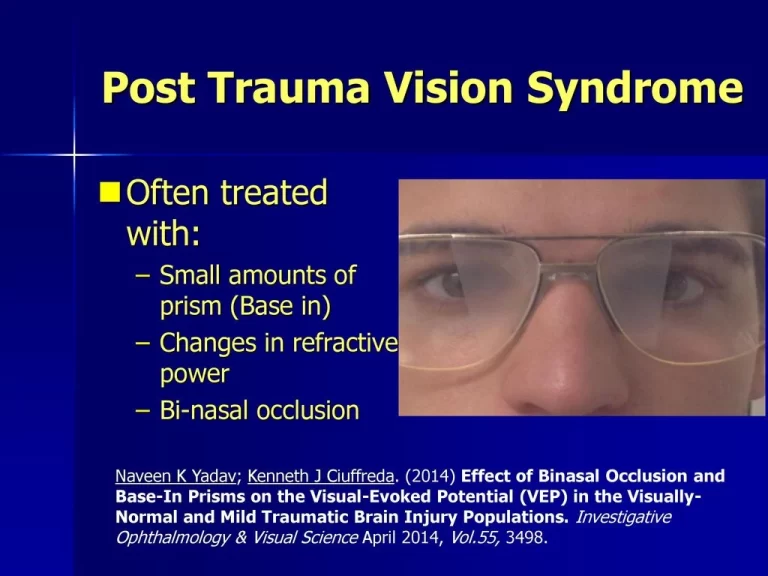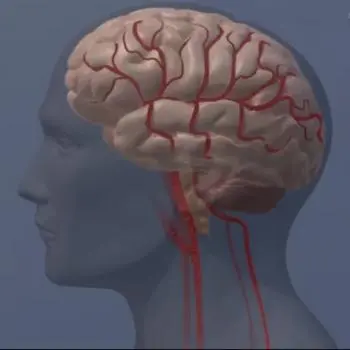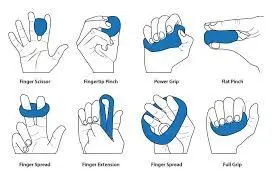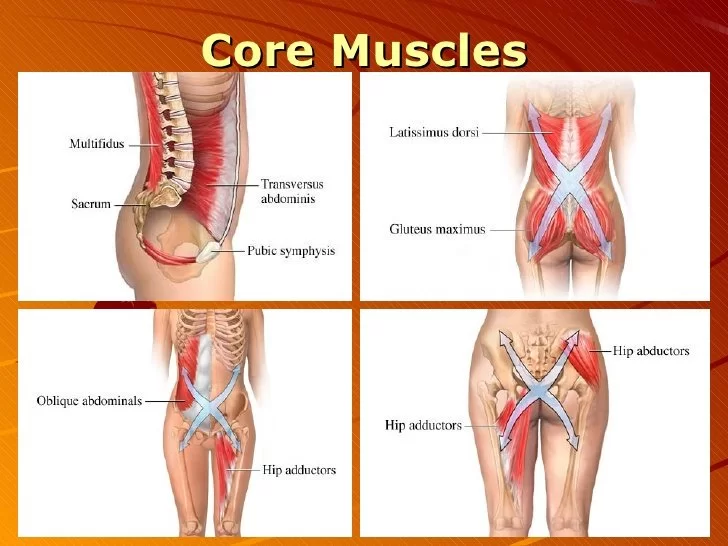Understanding and Managing Abductor Hallucis Muscle Pain
Introduction
The human foot is a complex marvel of engineering, with numerous muscles working in harmony to support our daily activities. Among these muscles, the abductor hallucis muscle plays a crucial role in the movement of the big toe.
However, when pain strikes this muscle, it can lead to discomfort and hinder our mobility. In this article, we will explore the causes, symptoms, diagnosis, and treatment options for abductor hallucis muscle pain.
Anatomy of the Abductor Hallucis Muscle
The abductor hallucis muscle is situated in the foot, underneath the sole. This small but essential muscle connects to the base of the big toe and is responsible for moving it away from the other toes. When this muscle functions properly, it assists in balance and stability while walking or standing.
Common Causes of Abductor Hallucis Muscle Pain
- Overuse and Strain: Excessive walking, running, or standing for extended periods can strain the abductor hallucis muscle.
- Plantar Fasciitis: Inflammation of the plantar fascia, a band of tissue on the sole, can lead to pain in the abductor hallucis muscle.
- Bunions: Bunions, bony protrusions near the big toe, can put pressure on the abductor hallucis muscle, causing pain.
- Nerve Compression: Compressed nerves in the foot can radiate pain to the abductor hallucis muscle.
- Tight Shoes: Footwear with a narrow or tight toe box can compress the muscle.
- Muscle Imbalance: Imbalances between the abductor hallucis and adductor hallucis muscles can lead to pain and foot mechanics issues.
- Trauma or Injury: Direct injuries to the foot, such as stubbing a toe, can result in abductor hallucis muscle pain.
- Medical Conditions: Conditions like peripheral neuropathy or inflammatory diseases can affect foot muscles and cause pain.
Symptoms of Abductor Hallucis Muscle Pain
Pain, discomfort, and restricted mobility in the foot are common symptoms of abductor hallucis muscle pain. You may experience aching, throbbing, or sharp pain in the area.
Diagnosis
Healthcare professionals typically diagnose abductor hallucis muscle pain through a physical examination and, in some cases, imaging tests like X-rays or MRI scans. It’s important to receive a proper diagnosis to determine the underlying cause of the pain.
Treatment Options
- Rest and Ice: Resting the Abductor Hallucis Muscle and the use of ice can help reduce pain and inflammation.
- Stretching Exercises: Specific exercises can improve flexibility and strength in the abductor hallucis muscle.
- Physical Therapy: Physical therapists can provide tailored exercises and treatments to address muscle pain.
- Orthotic Shoe Inserts: Custom or over-the-counter shoe inserts can help support the foot and alleviate pressure on the abductor hallucis muscle.
- Medication: Non-prescription pain relievers or anti-inflammatory drugs may be recommended by your healthcare provider.
- Surgical Intervention: In severe cases or when other treatments don’t work, surgery may be necessary to address the underlying issue.
Physiotherapy Treatment
Physiotherapy is a highly effective and non-invasive treatment option for abductor hallucis muscle pain. A qualified physiotherapist will assess your condition, develop a personalized treatment plan, and guide you through exercises and techniques that target the specific muscles and areas causing discomfort.
- Manual Therapy: Physiotherapists may use hands-on techniques to manipulate and mobilize the abductor hallucis muscle and surrounding structures. This can help improve circulation, reduce muscle tension, and enhance flexibility.
- Stretching and Strengthening Exercises: Your physiotherapist will design a set of exercises tailored to your condition. These exercises may focus on strengthening the abductor hallucis muscle while improving the overall flexibility of the foot and ankle. Strengthening the muscle can provide greater support and stability.
- Gait Analysis: Physiotherapists can conduct a gait analysis to identify any abnormal walking patterns or imbalances that may be contributing to your pain. By correcting these issues, you can reduce strain on the abductor hallucis muscle.
- Ultrasound and Electrical Stimulation: In some cases, ultrasound therapy and electrical stimulation may be used to promote healing and reduce pain in the affected area.
- Biomechanical Assessment: Your physiotherapist may assess your foot’s biomechanics and may recommend orthotic devices or shoe modifications to alleviate pressure on the abductor hallucis muscle.
- Pain Management Techniques: Physiotherapists can also teach pain management strategies, including ice or heat therapy and relaxation techniques.
- Education: Understanding your condition and how to manage it is a crucial part of physiotherapy. Your therapist will educate you on proper foot care, footwear choices, and preventive measures to avoid future issues.
It’s important to note that physiotherapy is not a one-size-fits-all approach. Your treatment plan will be customized to your specific condition and needs. Consistency in attending physiotherapy sessions and following the prescribed exercises and advice is essential for a successful recovery.
Physiotherapy, when combined with other treatment modalities, can significantly improve your abductor hallucis muscle pain, restore function, and enhance your overall quality of life.
Prevention
To prevent abductor hallucis muscle pain, choose well-fitting, comfortable shoes with a roomy toe box. Avoid overuse and be mindful of your foot health.
When to Seek Medical Help
If you experience severe or persistent pain, see a healthcare professional for an evaluation. Ignoring the Abductor Hallucis Muscle pain can lead to increases the condition.
Living with Abductor Hallucis Muscle Pain
Managing abductor hallucis muscle pain may require lifestyle adjustments, such as modifying your footwear, incorporating stretching exercises into your daily routine, and seeking professional guidance when needed.
Conclusion
Abductor hallucis muscle pain can be a challenging condition to manage, but with the right care and attention, it is possible to find relief and maintain foot health. Don’t hesitate to seek help if you’re experiencing persistent pain, as early intervention can lead to a quicker and more effective recovery.
FAQs
How to cure sore abductor hallucis muscle?
As soon as you can, apply ice. For the first few hours, ice can be administered for ten minutes every hour; when pain and swelling subside, this frequency can be reduced to two or three times each day. It’s crucial to start a systematic rehabilitation program with strengthening and stretching activities as soon as the pain lessens.
Why does my abductor hallucis stick out?
The abductor hallucis muscle might seem prominent due to various factors, including natural muscle development, overuse, improper footwear, or certain medical conditions like muscle hypertrophy, flat feet, or other anatomical variations. If you are concerned about this, it’s advisable to consult a healthcare professional for a thorough evaluation and appropriate guidance.
How do you stretch adductor hallucis pain?
Stretch the Adductor Hallucis by grabbing the larger toe and pulling it away from the midline with your hand. Release gradually after 20 to 30 sec. of hold.








One Comment